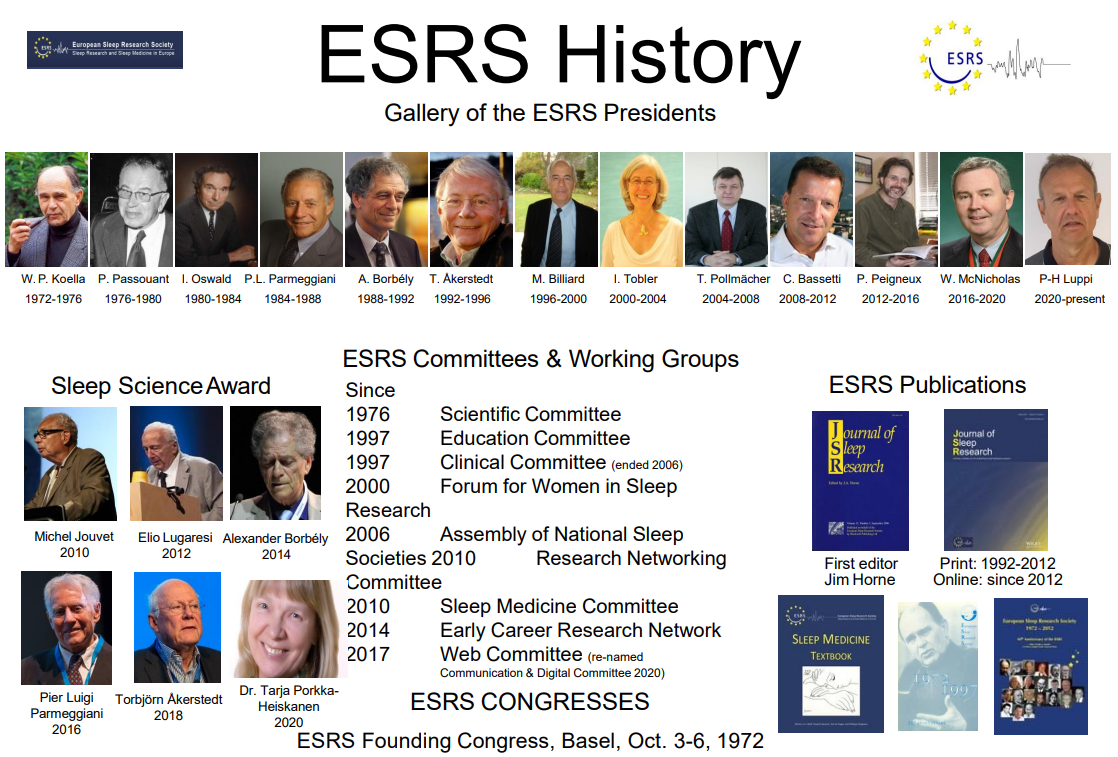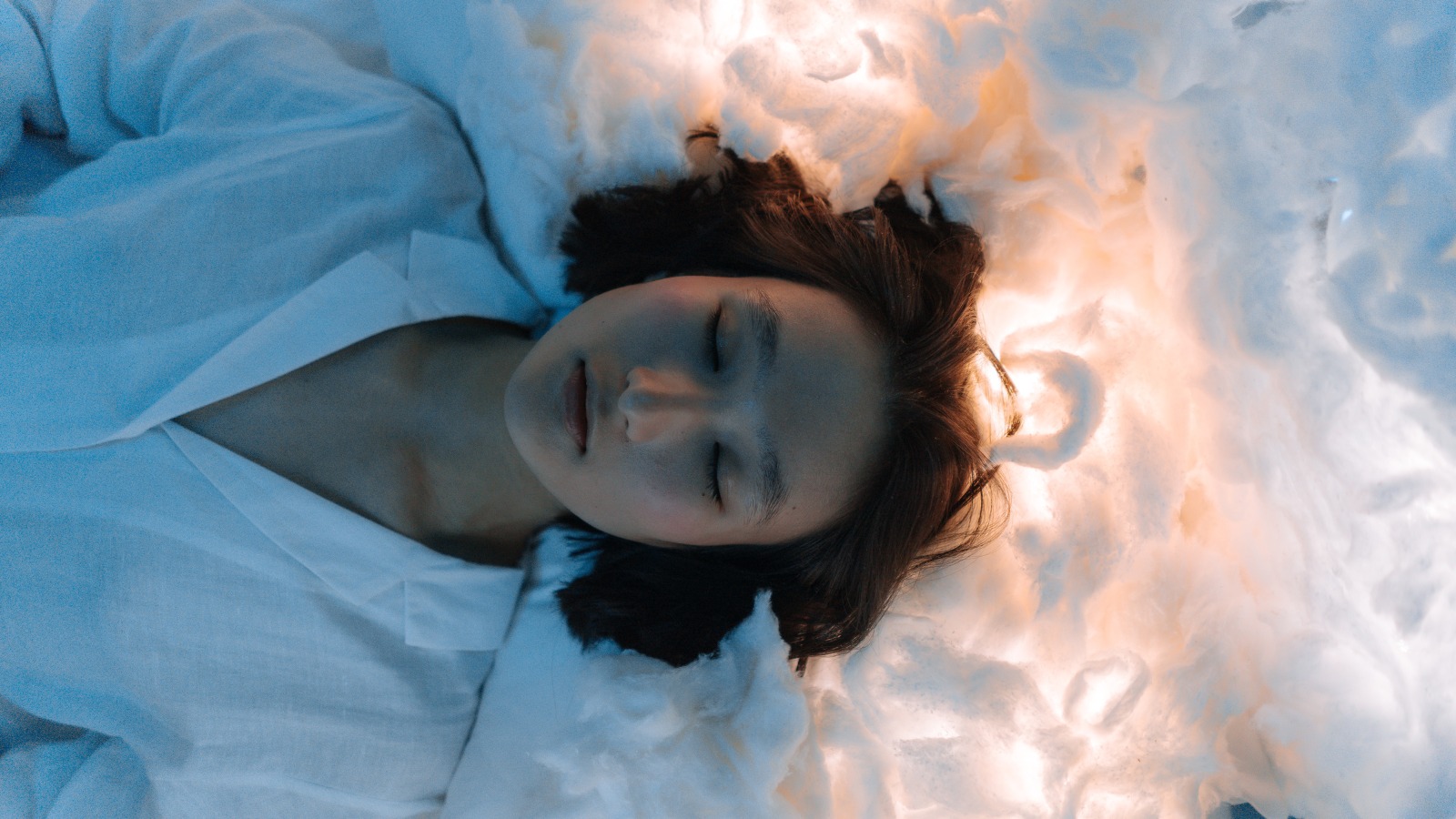Physiological Basis of Sleep: Sleep and Dreaming
The 2nd edition of the ESRS Sleep Medicine Textbook is an invaluable resource for the latest information on physiological basis of sleep. The summary that follows offer insights into the Sleep Medicine Textbook chapter “Sleep and dreaming“.
Sleep and Dreaming
Dreaming is a form of consciousness that occurs during sleep, whilst one is disconnected from the environment on both the motor and sensory side. Although dreaming has traditionally been associated with rapid eye movement sleep, it is now well established that dream experiences can occur in every sleep stage, albeit with quantitative and qualitative differences. Evidence from various strands of research suggests that slow waves seen in the electroencephalogram (EEG) and underlying neuronal off-periods interfere with the generation of sleep-related conscious experiences, including dreams, especially when they occur in posterior brain regions. The recall of dream contents, on the other hand, appears to be facilitated by the intermittent activation of arousal systems. Recent studies have shown that broad categories of dream contents, including faces, spatial setting, movement, speech, and fear, as well as thoughts, share similar neural correlates with waking experiences. On the clinical side, several commonly used medications can induce alterations in dreaming, including nightmares. Finally, sleep disorders associated with changes in slow waves or in the activity of arousal systems, such as insomnia and sleep apnea, have the potential to induce changes in dreaming. Other alterations in dreaming are observed in narcolepsy patients, who frequently have lucid dreams, and in cases of parasomnias associated with dream enactment.
Keywords:
consciousness, dream, dreaming, electro-encephalography, oneiric, slow waves
Learning Objectives:
- Describe the main characteristics of conscious experiences during sleep and explain what distinguishes them from experiences during wakefulness.
- Learn how dream experiences change as a function of sleep stage and time of the night.
- Understand how EEG activity relates to dreaming.
- Know the common alterations in dreaming that occur in sleep disorders.
Key Points:
- Dream experiences can occur in any stage of sleep.
- At the phenomenological level, dreams display both similarities and differences with respect to waking experiences.
- … you can read all key points and the full A.7 Sleep and Dreaming chapter in the ESRS Sleep Medicine Textbook – order it here.
Summary by:
Aurélie M. Stephan and Francesca Siclari (2021). A. Physiological Basis of Sleep 7. Sleep and Dreaming. In Bassetti, C., McNicholas, W., Paunio, T., & Peigneux, P. (Eds.). Sleep Medicine Textbook (2nd ed., pp. 81-93). Regensburg: European Sleep Research Society.
Previous related chapters on physiological basis of sleep include: The Neurophysiology and Neurobiology of Wakefulness and NREM and REM Sleep.
Recent publications from ESRS members
- Hellemans et al. (2023). The prevalence of treatment-emergent central sleep apnea with mandibular advancement device therapy. J Clin Sleep Med.
- Goldschmied et al. (2023). Antidepressant effects of acute sleep deprivation are reduced in highly controlled environments. J Affect Disord.
- Miano et al. (2023). A series of 7 cases of patients with narcolepsy with hypocretin deficiency without HLA DQB1*06:02 allele. J Clin Sleep Med.
- Schilling et al. (2023). Pre-existing sleep problems as a predictor of post-acute sequelae of COVID-19. J Sleep Res.
- Bresser et al. (2023). The role of brain white matter in depression resilience and response to sleep interventions. Brain Commun.
- Baillieul et al. (2023). Sleep Apnea and Ischemic Stroke: More Insights on a Timeless Association. Stroke.
- Pieroni et al. (2023). Sleep reactivity mediates the relationshipbetween sensory-processing sensitivity and insomnia symptoms severity: A cross-sectional correlational study. Stress Health.



